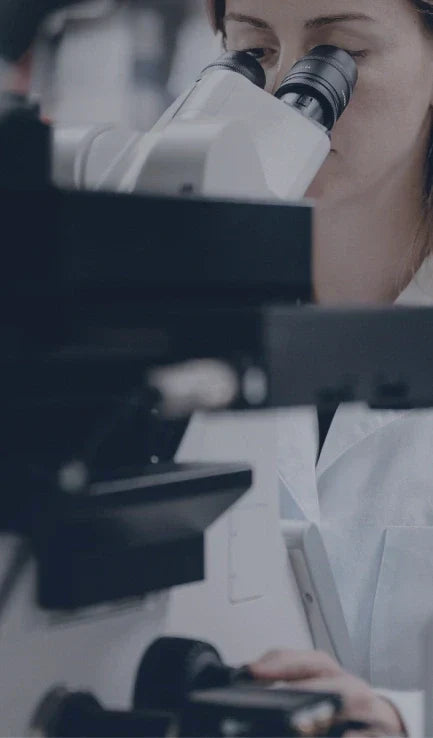About the npj series
About the npj series
The Publishing Process
- Research: The first step is to plan and conduct original research, then analyze the results. The findings should be significant, novel, and relevant to the field of study.
- Manuscript preparation: The next step is to draft a manuscript that describes the research and findings in a clear and concise manner.
- Submission: Once the manuscript is complete, it is submitted to a scientific journal for consideration. Because peer-review requires substantial time, npj only reviews papers that they deem most likely to meet their criteria for publication.
- Peer-review: After submission, the manuscript is sent to a team of experts in the field, who review the manuscript for quality, accuracy, and significance. The reviewers provide feedback and suggestions for revisions. Reviewed manuscripts are sent to at least two, and typically three, reviewers.
- Editorial review: The editors consider the reviewers' advice when making a decision on the paper. Papers may be rejected after review, or the authors could be invited to revise their work and resubmit.
- Revision: Based on the reviewers’ feedback, the authors make revisions to the manuscript to address any issues, perform additional experiments, or improve clarity. Multiple rounds of revisions are possible.
- Acceptance: If the reviewers and editors are satisfied with the revised manuscript, the manuscript is accepted for publication. The authors will be notified and asked to provide any final revisions.
- Publication: The final step is publication, where the manuscript is published online or in print. The manuscript will be available to the scientific community for citation and reference.
The Publishing Process
- Research: The first step is to plan and conduct original research, then analyze the results. The findings should be significant, novel, and relevant to the field of study.
- Manuscript preparation: The next step is to draft a manuscript that describes the research and findings in a clear and concise manner.
- Submission: Once the manuscript is complete, it is submitted to a scientific journal for consideration. Because peer-review requires substantial time, npj only reviews papers that they deem most likely to meet their criteria for publication.
- Peer-review: After submission, the manuscript is sent to a team of experts in the field, who review the manuscript for quality, accuracy, and significance. The reviewers provide feedback and suggestions for revisions. Reviewed manuscripts are sent to at least two, and typically three, reviewers.
- Editorial review: The editors consider the reviewers' advice when making a decision on the paper. Papers may be rejected after review, or the authors could be invited to revise their work and resubmit.
- Revision: Based on the reviewers’ feedback, the authors make revisions to the manuscript to address any issues, perform additional experiments, or improve clarity. Multiple rounds of revisions are possible.
- Acceptance: If the reviewers and editors are satisfied with the revised manuscript, the manuscript is accepted for publication. The authors will be notified and asked to provide any final revisions.
- Publication: The final step is publication, where the manuscript is published online or in print. The manuscript will be available to the scientific community for citation and reference.
More Exciting Science to Come
More Exciting Science to Come
- Our data validating the effects of the OS-01 peptide was published in npj Aging, a prestigious publication in partnership with one of the most highly regarded scientific journals, Nature.
- This publication represents an enormous achievement for our team and is the culmination of 7+ years of research.
- Being published in npj Aging requires a rigorous process that involves peer-review by experts in our field.
- Our publication signals that the broader scientific community accepts the importance of our research on skin longevity and the development of the OS-01 peptide.
- Our data validating the effects of the OS-01 peptide was published in npj Aging, a prestigious publication in partnership with one of the most highly regarded scientific journals, Nature.
- This publication represents an enormous achievement for our team and is the culmination of 7+ years of research.
- Being published in npj Aging requires a rigorous process that involves peer-review by experts in our field.
- Our publication signals that the broader scientific community accepts the importance of our research on skin longevity and the development of the OS-01 peptide.



